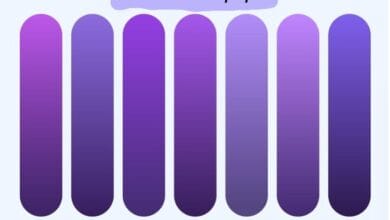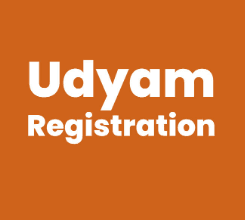SailPoint Vs Okta : What are The Difference?

SailPoint and Okta are two leading identity and access management (IAM) solutions providers in the market. While SailPoint focuses on providing IAM solutions for enterprise-level customers, Okta targets small and mid-sized businesses as well. Both solutions offer a range of IAM capabilities, including single sign-on, multi-factor authentication, and user provisioning. However, SailPoint also provides additional features such as identity governance, compliance management, and role management. On the other hand, Okta has a wider range of integration options with other cloud services, making it easier for businesses to manage their identity needs. Ultimately, the choice between the two depends on the specific needs of the organization.Want To Get SailPoint Training From Experts? Enroll Now For Free Demo SailPoint Training
What is Sailpoint?
SailPoint is an identity and access management (IAM) software company that provides solutions for enterprises to manage user identities and access to applications and data. SailPoint’s software allows organizations to securely manage user access to resources and data, and to comply with various regulations and policies. Their solutions include identity governance, access management, and privileged access management, providing companies with a comprehensive IAM framework to manage their cybersecurity risk and ensure compliance with regulations.
What is Okta?
Okta is an identity and access management (IAM) software company that provides cloud-based solutions to manage user identities and access to applications and data. Their software allows businesses to securely manage user access to various resources and applications, regardless of their location or device. Okta’s solutions include single sign-on, multi-factor authentication, and lifecycle management, providing companies with a centralized platform for managing their employees’ identities and access to resources. Okta’s platform is widely used across various industries and is recognized for its ease of use and high level of security.
Sailpoint Vs Okta
Okta and SailPoint are both identity and access management (IAM) solutions providers, but there are some key differences between the two:
- Target market: SailPoint primarily targets enterprise-level customers, while Okta focuses on small and mid-sized businesses.
- Features: While both solutions offer a range of IAM capabilities such as single sign-on and multi-factor authentication, SailPoint provides additional features such as identity governance, compliance management, and role management.
- Integration options: Okta has a wider range of integration options with other cloud services, making it easier for businesses to manage their identity needs.
- Deployment options: Okta provides cloud-based deployment only, while SailPoint offers both on-premises and cloud-based deployment options.
Ultimately, the choice between the two depends on the specific needs of the organization, including size, industry, and security requirements.To gain in-depth knowledge with practical experience in Okta, Then explore Okta Training !
Features of Sailpoint and Okta
SailPoint and Okta are both identity and access management (IAM) solutions providers, and offer a range of features to their customers, including:
SailPoint:
- Identity governance: enables businesses to manage user access to sensitive data and comply with regulations
- Access management: provides secure access to applications, data, and other resources
- Privileged access management: controls access to high-risk or sensitive systems and applications
- Compliance management: automates compliance and audit reporting to maintain regulatory compliance
- Role management: assigns roles and permissions to users based on their job responsibilities
Okta:
- Single sign-on: enables users to access all applications with a single set of credentials
- Multi-factor authentication: provides an additional layer of security to protect user accounts
- Lifecycle management: automates user onboarding, offboarding, and other access changes
- API access management: enables secure access to APIs and microservices
- Universal directory: a cloud-based user directory that centralizes user data and access policies
Advantages of SailPoint:
- Comprehensive identity governance and compliance management capabilities
- Role management and fine-grained access controls
- Provides both on-premises and cloud-based deployment options
- Strong customer support and professional services
Disadvantages of SailPoint:
- Can be complex and challenging to set up and configure
- Higher cost compared to some other IAM solutions
- May require dedicated IT staff to manage and maintain the solution
Advantages of Okta:
- Easy to use and configure
- Wide range of integration options with other cloud services
- Cloud-only deployment, reducing hardware and maintenance costs
- Robust API access management capabilities
Disadvantages of Okta:
- Limited identity governance and compliance management capabilities compared to SailPoint
- Some features may require additional add-ons or licenses, adding to the cost
- May not be as suitable for larger, more complex organization.
In Conclusion, SailPoint and Okta are two leading identity and access management (IAM) solutions providers, with each solution offering unique benefits. SailPoint’s identity governance and compliance management capabilities make it a popular choice for enterprise-level customers, while Okta’s ease of use, wide range of integration options, and cloud-only deployment make it ideal for small and mid-sized businesses. Ultimately, the choice between the two depends on the specific needs of the organization, including size, industry, and security requirements. Both solutions offer a comprehensive IAM framework to manage cybersecurity risk, ensure compliance with regulations, and protect user identities and access to resources.





